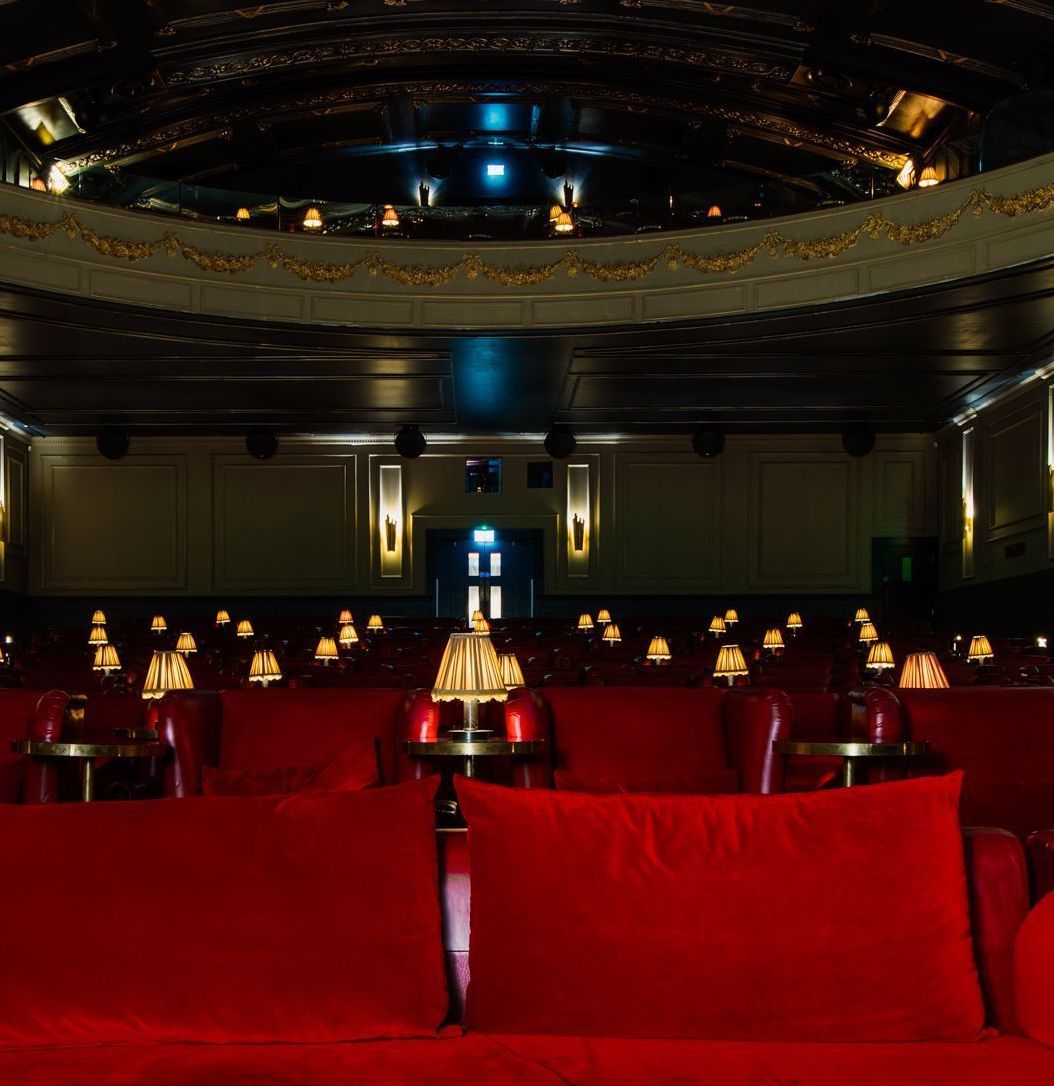Long before Press Up, their Dublin-consuming restaurant company, Paddy McKillen Jr and Matt Ryan were business partners. As young lads they valeted cars and delivered Christmas trees. They shared a job as a courier. They looked at importing spirits for pubs, and launching a new brand of green tea. In a radio interview, Ryan said they “were out to make a notable go at the [business] world”. McKillen Jr being the son of McKillen Sr, they didn’t want for entrepreneurial backing. In 2007, senior offered them a contract to manage two of his restaurant businesses, Captain Americas and Wagamama. They…
Cancel at any time. Are you already a member? Log in here.
Want to read the full story?
Unlock this article – and everything else on The Currency – with an annual membership and receive a free Samsonite Upscape suitcase, retailing at €235, delivered to your door.

